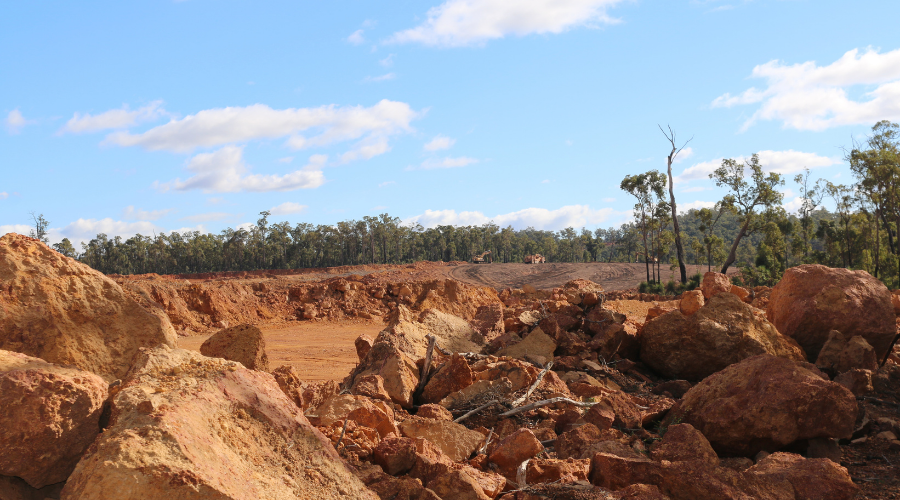Media Releases - 26 May 2022
WA’s Native Vegetation Policy. Three years of work for 20 pages of lost opportunities

The release of Western Australia's Native Vegetation Policy is a disappointing culmination of three years of effort, which lacks ambition, funding and commitment.
"The environmental problems that Western Australia faces, particularly in relation to native vegetation, require bold government action and a resolute commitment to the solutions," WA Campaigns Manager Patrick Gardner said today.
"Thousands of our supporters and tens of thousands of their own hours have been focussed on identifying issues and suggesting practical solutions to help protect, monitor and restore native vegetation across the State.
"The announcement to end native forest logging by 2024 was a bold but rational step made last year, however this is just one part of a much bigger puzzle in a state the size of Western Australia."
The Wilderness Society noted that there are aspects of the Native Vegetation Policy that retain merit and give an indication towards what could be achieved with ambition and sufficient funding.
“This policy is a bare bones framework, which will do little to expose WA’s extinction crisis and protect critical habitat for threatened species in the short term,” said Senior Campaigner Jenita Enevoldsen.
“One simple fix to this broken system would be a requirement for all clearing exemptions, including those held by Main Roads WA, to publish a ‘notice with intention of clear’. This would provide public transparency for clearing that is currently effectively hidden.
“The $3.3 million investment in a new mapping and monitoring system is welcomed. Yet without any additional investment to capture the biodiversity data that indicates what critical habitat for threatened species still exists, the hidden extinction crisis that exists in WA and across Australia, will continue.
“While a whole of government reform and a bioregional approach to planning and net gain is welcomed in Native Vegetation Policy, without concrete accountability of exemptions and transparency of illegal clearing, WA’s extinction crisis will continue out of sight and mind.”
The Wilderness Society has deep concerns that the complex issues in relation to climate, the environment and biodiversity are running a distant second to the needs of vested interests that are responsible for these impacts in the first instance.
"In last fortnight's State Budget, much was made about a Climate Action Plan and an aggregation of funds into an environmental war-chest," Mr Gardner said.
"Let's be really clear. The problems that Western Australia faces on climate, environment and nature will not be solved by plonking solar panels on Rottnest Island.
"These are the kinds of initiatives that have more to do with quokka-tourism, rather than addressing the stark reality faced by WA's native forests, woodlands and low-lying native vegetation.
“Native vegetation underpins the health of Western Australia's ecosystems, provides threatened species with critical habitat and mitigates against the potential ravages of climate change by storing and sequestering carbon.”
The Wilderness Society will continue to campaign for significantly greater investment into initiatives that will genuinely change the way native vegetation is monitored, sustained and restored. It implores the WA Government to recommit to properly funding these initiatives in the Mid-year Review.
"Now, more than ever, the WA Government needs to be utilising its surpluses to address the big problems that, if unaddressed, will be dropped on future generations,” concluded Mr Garnder.
For further comment contact:
Patrick Gardner (WA Campaigns Manager) on 0423 105 032
Jenita Enevoldsen (Senior Campaigner) on 0405 941 500